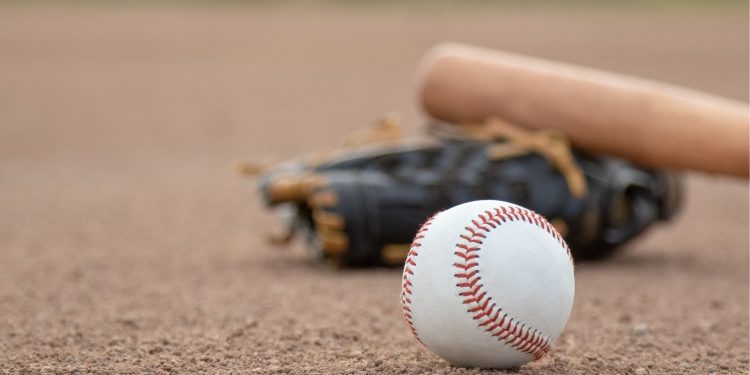There’s no debating that these Hall of Fame players are some of the game’s best, but they should not be in Cooperstown. Read on to find out why.
Recently, baseball wrapped up its Hall of Fame festivities, and David Ortiz led the class of the newly enshrined. Ortiz has the numbers to back up his honor, whereas these Hall of Fame players should not be in Cooperstown.
Jim Bunning (1996)
Jim Bunning’s most famous distinction is that he’s the only MLB Hall of Fame player that served on the U.S. Senate. While we aren’t here to debate Bunning’s political career, one could wonder if Bunning did enough to receive a bronze plaque in Cooperstown.
Bunning only won 20 games and finished in the top three for Cy Young voting once. His best year was 1967 when he had a 2.29 ERA in 302 innings. There’s no debating if Bunning had a good career, with 224 wins, 3.24 ERA, and 2,855 strikeouts, but he was never a pitcher that one could consider “great” of that time.
Harold Baines (2019)
The hitting equivalent of Bunning might be Harold Baines. There’s no denying that Baines put together a fantastic career, considering he played for 22 seasons, but nothing distinguishes Baines as one of the all-time greats.
Only one bolded statistic on his Baseball-Reference page indicates he led the league with that figure, and that was his .541 slugging percentage in 1984. He did some awesome things, like having a .919 OPS at 40, but he was a supplementary superstar of the 80s and 90s. He never was “that guy” in any lineup.
Rabbit Maranville (1954)
In his 23-year career, Maranville accumulated 43.9 bWAR, averaging about two wins per season. In comparison, Mike Trout has over 73 bWAR in twelve seasons. Essentially, Rabbit Maranville has the numbers of a utility infielder but is in the Hall of Fame.
In 1922, when most pitchers were throwing 80 mph fastballs, Rabbit had his best season with a .733 OPS. A .733 OPS now is an average season for DJ Lemahieu, and I don’t see him getting a call from the Hall when his playing days are over.
Ted Lyons (1955)
Many names make sense when looking at the retired numbers of the Chicago White Sox. Certainly, Frank Thomas, Paul Konerko, Minnie Minoso, and Luke Appling earned that right. But Ted Lyons? Who is Ted Lyons?
Lyons was a fine pitcher with above-average numbers from 1923-1946. His lifetime ERA+ of 118 indicates he was slightly above the norm, as does his 260-230 lifetime record. Outside of being better than most players, nothing makes Lyons worthy of number retirement, let alone the Hall of Fame, particularly when he allowed more walks than he has strikeouts.
Bill Mazeroski (2001)
If signature moments got you elected to the Hall of Fame, then Bill Mazeroski is a unanimous, first-ballot selection. His walk-off home run in the 1960 World Series to defeat the vaunted Yankees will live on forever. Nevertheless, his less than .300 on-base percentage doesn’t age well, and he never compiled a season where his OPS was above the league average.
Mazeroski did have an elite glove, but that’s not enough to warrant his induction. And if the Hall of Fame was letting in players on signature moments, when is Bobby Thompson getting in for his “shot heard around the world”?
If a “Hall of Very Good” existed, these players would lead the class. Otherwise, they are the Hall of Fame players that should not be in Cooperstown.



